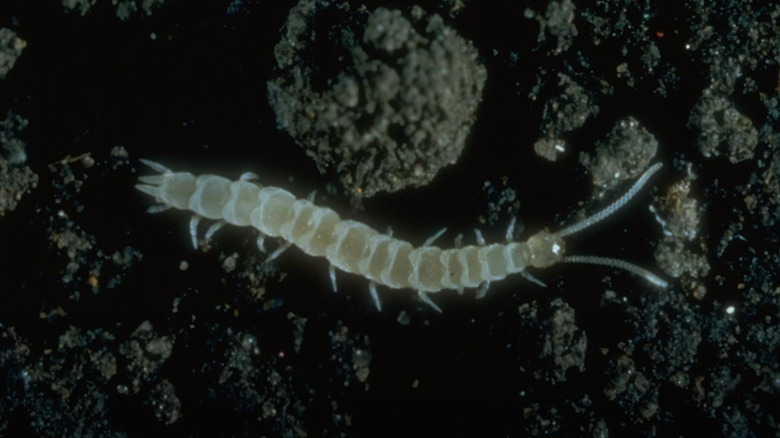In the realm of agriculture and gardening, the battle against pests is a never-ending struggle. While many gardeners are well-acquainted with the usual suspects like aphids and caterpillars, there’s a lesser-known villain that lurks beneath the surface — the garden symphylan. Garden symphylans are minuscule — measuring only a few millimeters in length — which often leads them to escape the notice of even experienced gardeners. But don’t be fooled by their diminutive size; their insidious nature is what sets them apart.
Present in almost all continents save for Antarctica, garden symphylans (also called garden centipedes or pseudo centipedes) are a global nuisance for gardeners and farmers alike. While they may not grab headlines like more notorious pests, their ability to wreak havoc on plants and agricultural yields should not be underestimated. These pests have managed to evade the limelight, perhaps due to their cryptic behavior, but it’s essential to understand their unique characteristics and the damage they can cause. We’ll delve into the elusive world of these soil-dwelling creatures and explore why gardeners and farmers should be more familiar with them, considering the substantial harm they can cause to garden plants and agricultural produce.
Unveiling the garden symphylan’s secrets

Pioneer Seeds United States/YouTube
The garden symphylan isn’t an insect, but a member of its own symphyla class of arthropods, more closely related to the myriapod group that includes centipedes and millipedes. These soil-dwelling pests have some distinct characteristics that set them apart. Garden symphylans go through several molting stages before reaching maturity. They lay eggs in the soil, which hatch into juvenile symphylans. As they grow, they develop more body segments and reach their maximum size of about 3-8 millimeters. These pests thrive in moist soil, often living in the top few inches where they feed on plant roots and organic matter. They prefer soil rich in organic matter, making them a common problem in gardens and farms.
Symphylans feed on the tender root tips of plants, causing them to become more susceptible to pathogens, and leading to stunted growth, wilting, and a general decline in plant health. Young seedlings are particularly vulnerable, and severe infestations can lead to crop failure. Above-ground symptoms of symphylan damage include poor plant growth, yellowing leaves or leaf discoloration, and wilting. Unfortunately, their subterranean presence often goes unnoticed until it’s too late.
Protecting your garden from symphylan invaders
Now that you’re acquainted with the garden symphylan’s stealthy ways, it’s essential to learn how to protect your garden or farm. One of the first things you can do is to ensure your soil is well-drained and has good aeration. Avoid overwatering, as symphylans favor moist conditions. If you have a farm or greenhouse, rotate crops regularly to disrupt their lifecycle. You may also practice companion planting, as some plants, like marigolds and onions, are believed to deter symphylans. Consider interplanting them with susceptible crops. Predatory nematodes and ground beetles can also help keep symphylan populations in check, so encourage their presence in your garden.
Chemical control should be considered as a last resort since its application can also affect beneficial insects and microorganisms. Consult with a local agricultural extension office for approved pesticides and their safe application. By implementing these preventive measures, you can protect your garden and crops from the elusive garden symphylan.